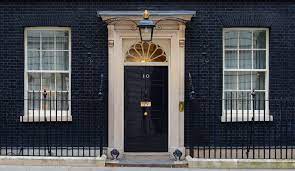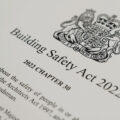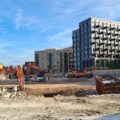The new building safety levy is a bad tax at the wrong time for UK housebuilding. It penalizes future generations for the mistakes of the past at a time when housebuilding is materially falling across the country.
No one disputes some form of polluters pay principle. The Government is clear the industry should be held responsible for poor quality cladding and fixing buildings over 11 metres which are deemed unsafe.
Under Michael Gove’s tenure, the approach was more targeted. It saw 50 of the largest developers take on additional commitments to remediate. Over £6 bn was raised.
The trouble with the levy is that it is a blanket tax. It covers all new development when viability particularly for denser, brownfield sites is marginal.
Is there a case for it? The Government thinks so because many builders who created unsafe buildings no longer trade. This has led to orphaned buildings.
Let’s start with this argument. Firstly, by HBF estimates, over £2 bn is left unspent from the original £6bn. Surely this should be allocated first.
No one should be left stranded in unsafe buildings. However, if there is already money available then you question the necessity of this levy now.
Second, are the developers at fault – this levy thinks so because it expressly targets them. Often however, shoddy workmanship extends into the supply chain. The developer might be the brand on the billboard, but it may not always be where the culpability lies.
The Government counters that the levy falls onto land values not bottom lines. Land deals range in nature and structure. Those that have bought in the last year cant very go well back and renegotiate a different deal if they have completed. So it will bite them. Those with conditional structures probably haven’t factored in the levy – that means more time and friction. All of this slows down activity.
Landowners can always keep their sites in existing use. Squeeze premiums too hard, and land doesn’t come forward.
If a levy was really required many in the sector said it should have better come from the existing pie as part of the CIL receipts. Instead, development has yet another tax. It was meant to mirror CIL but it actually behaves rather differently and will need its own administration.
Another box in the check list, another barrier to entry for start up developers – one that bigger trading businesses may stomach but smaller ones will struggle to digest.
Fundamentally, the Government planning reforms do not address the issue which causes development the biggest challenge. Sites are overtaxed. The levy is a new tax when we should be finding answers to creating new homes.








